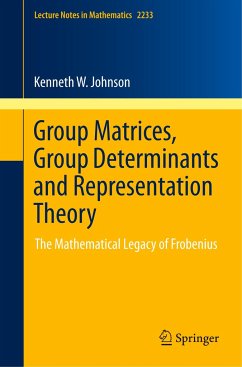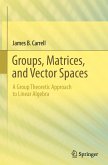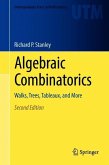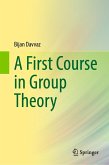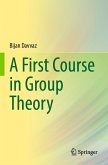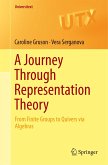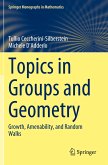This book sets out an account of the tools which Frobenius used to discover representation theory for nonabelian groups and describes its modern applications. It provides a new viewpoint from which one can examine various aspects of representation theory and areas of application, such as probability theory and harmonic analysis. For example, the focal objects of this book, group matrices, can be thought of as a generalization of the circulant matrices which are behind many important algorithms in information science.
The book is designed to appeal to several audiences, primarily mathematicians working either in group representation theory or in areas of mathematics where representation theory is involved. Parts of it may be used to introduce undergraduates to representation theory by studying the appealing pattern structure of group matrices. It is also intended to attract readers who are curious about ideas close to the heart of group representation theory, which do not usually appear in modern accounts, but which offer new perspectives.
The book is designed to appeal to several audiences, primarily mathematicians working either in group representation theory or in areas of mathematics where representation theory is involved. Parts of it may be used to introduce undergraduates to representation theory by studying the appealing pattern structure of group matrices. It is also intended to attract readers who are curious about ideas close to the heart of group representation theory, which do not usually appear in modern accounts, but which offer new perspectives.

